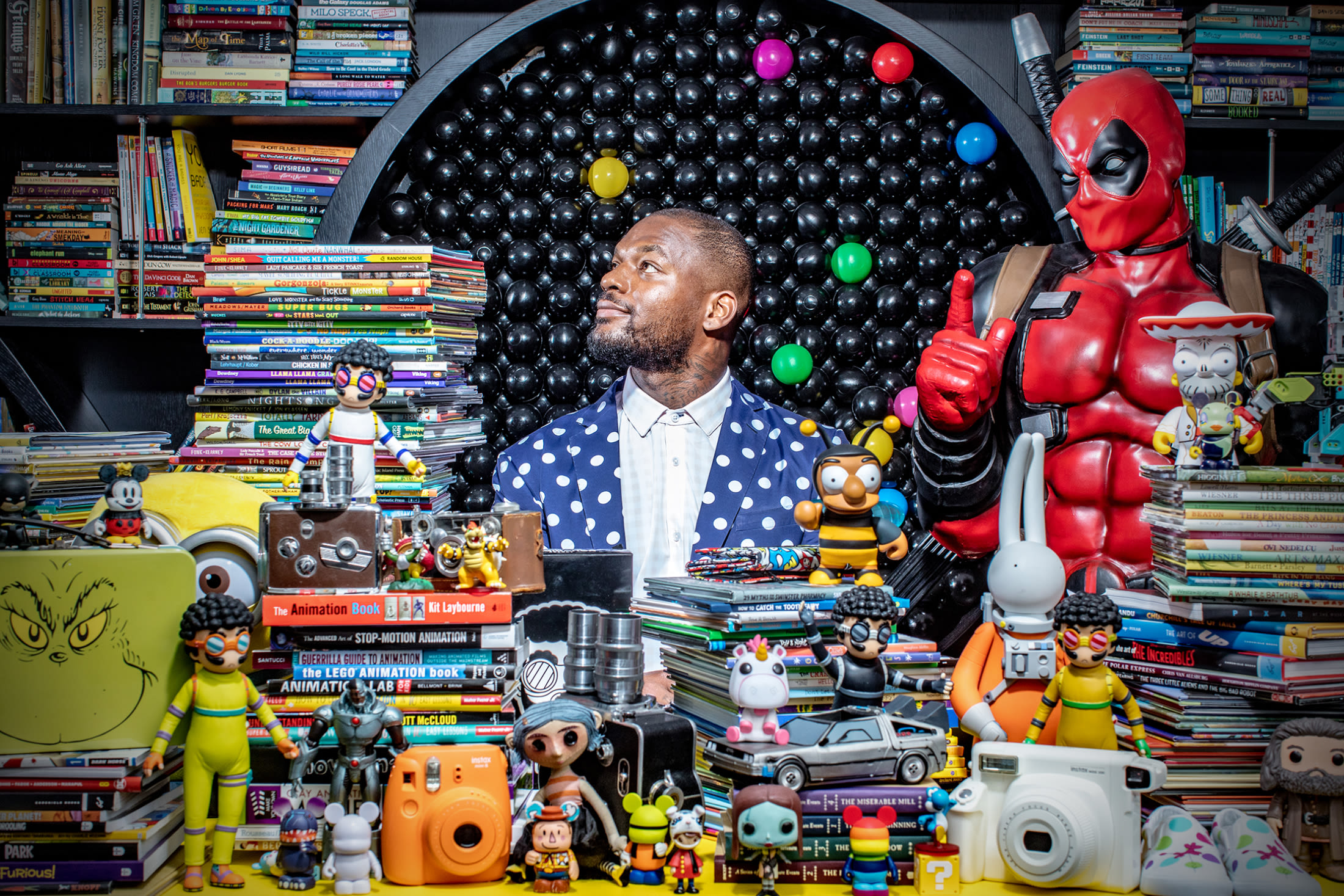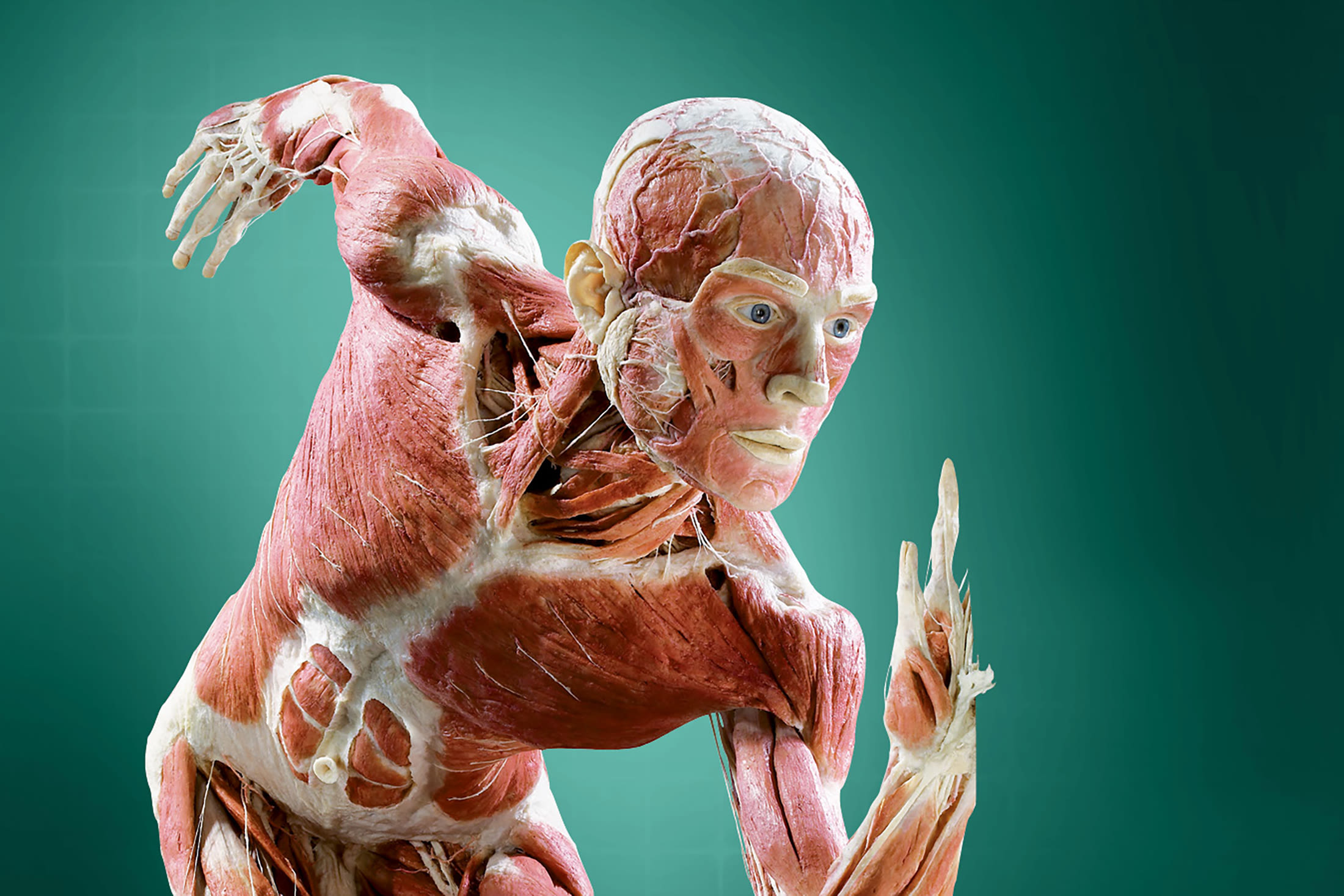Iconoclastic Artist Robert Rauschenberg Would’ve Turned 100 This Year

No one work can fully summarize the overwhelming depth and breadth of what Robert Rauschenberg stood for as an artist. Brazos River is full of color, shape, and movement, but unencumbered by fussy details. Speaking in Tongues is a frenetic assemblage reflecting a band’s own sonic collages. 1955’s Bed, held at the collection of the Museum of Modern Art in New York, was painted directly on his own pillow and quilt, ostensibly because he couldn’t afford a canvas. All emblematic. Iconic, even. But not summative. That isn’t possible at Rauschenberg’s scale.
Robert Rauschenberg: Fabric Works of the 1970s, at the Menil Collection through March, is one of 10 international showcases honoring Rauschenberg’s centennial. Museums in New York, Hong Kong, and elsewhere plan to highlight the nuances and curiosities of the genre-defying (and -defining) artist, who died in 2008 at 82. He sculpted. He painted. He photographed. He designed. He played. “In this century, [he] invented the most since Picasso,” Jasper Johns, Rauschenberg’s contemporary and onetime romantic partner, once declared, according to art critic Leo Steinberg. It’s hard to dismiss this assertion as the mere starry-eyed hyperbole of a deeply smitten lover. Observed holistically, Rauschenberg’s career is characterized by an unquenchable drive to explore and seek out novel stories concealed within the mundane.
Born Milton Ernest Rauschenberg on October 22, 1925, in Port Arthur, he didn’t initially envision a life in the arts. While he experimented with photography and painting (rumors suggest he may have even done so on the back of his childhood home), he first considered a career in the ministry, according to Catherine Craft’s 2013 book on the artist for Phaidon’s Focus series. Rauschenberg discarded the idea after finding Fundamentalism’s preoccupations with sin off-putting.
Sam Monroe, president of both the board at the Museum of the Gulf Coast in Port Arthur and the Port Arthur Historical Society, knew Rauschenberg personally; he was a few years behind the artist in school. He says the artist once painted his own bedroom pink, a sign of how he “saw color a lot differently” than those around him. Rauschenberg also designed costumes for school plays during his teenage years, but he didn’t have much opportunity and vocational nurturing. Monroe says the public schools they attended didn’t even have art programs. “He had that talent, and he was not given any encouragement at school, and he was not given any encouragement for it at home,” Monroe says. “He later made some famous statements about his father's dislike for his art, but he had it in him.”
Melissa White, a senior curator at the Menil who organized Robert Rauschenberg: Fabric Works of the 1970s, says the artist “was an aspiring fashion designer at the earliest stage of his formative time after high school.” In resigning scholarship with first-person accounts of his childhood, it seems as if the embers of an interest in the arts had always glowed within him, but leaving Port Arthur was what eventually stoked them into a professional fervor. (The Menil has many of his fashion drawings in its collection, though they aren’t currently on display.)

During his short stint at the University of Texas, Rauschenberg pursued a degree in pharmacy before being reportedly expelled due to difficulties stemming from dyslexia and an incident involving an escaped frog in a biology class. He was drafted into the US Navy in 1944, where, due to his pacifist beliefs, he served as a neuropsychiatric technician at home-front hospitals rather than the front lines of World War II. It was at this point that he began to seriously consider art as a tangible profession. Rauschenberg saw his first real paintings—not prints, not reproductions, but actual paintings—at the Huntington Library, Art Collections, and Botanical Gardens in San Marino, California, which challenged him to consider the texture, flow, and minute details of paint on canvas. It sparked a life-changing revelation: To become the person he wanted to be, he couldn’t return to Texas after the war. “Port Arthur inspired him in so many ways, by growing up here,” says Museum of the Gulf Coast director Tom Neal, who also met Rauschenberg on many occasions. “But at the same time, he knew that…he had a calling to go somewhere else and be somewhere else, to find a way to express himself better.”
Rauschenberg’s iconoclastic journey truly began when he used the GI Bill to attend Kansas City Art Institute. There, he studied fashion and worked as a swimwear design assistant. Later, he attended Académie Julian in Paris. While in France, he met Susan Weil, his future ex-wife and the mother of his only child, Christopher. The two enrolled in an experimental art program at North Carolina’s Black Mountain College in 1948.
Amid his educational pursuits, stints in New York and Florida, and globetrotting adventures with renowned abstract expressionist and onetime romantic partner Cy Twombly, Rauschenberg didn’t abandon his Gulf Coast origins. Even as his career ebbed and flowed from one medium and movement to another and from praise to pans, he maintained relationships back home in Port Arthur, particularly at the local museum.
Like local music legend Janis Joplin, Rauschenberg occupies an entire gallery at the Museum of the Gulf Coast. The works he donated span his entire career, with some of his childhood forays into art even ending up on posters celebrating Port Arthur’s centennial celebration in 1998. According to Neal, Rauschenberg signed 250 of these posters to help raise money for the museum.

In addition to paintings, photographs, screenprints, and other pieces, the museum’s collection includes a vinyl copy of Speaking in Tongues, the Talking Heads’ 1983 album for which Rauschenberg designed the cover of the limited-edition LP, winning a Grammy Award. Like the post-punk band formed by art students at the Rhode Island School of Design, Rauschenberg could never be defined by a single medium or movement. He instead looked for inspiration in the world around him and followed whatever caught his interest (Neal speculates that Rauschenberg may have contended with undiagnosed ADHD). Experimenting with various styles—dadaism, pop art, and abstract expressionism (though he found its adherents “difficult for [him] to talk to”)—led to an oeuvre ranging from the staunchest minimalism to chaotic displays of movement and color, mishmashes of found objects and traditional studio art he called “combines.”
This riot of concepts and visuals may have been the direct result of the social and religious confines of his Port Arthur childhood. Though he ultimately abandoned it, Fundamentalist Christianity provided him with a profoundly human framework through which he approached his subjects. His religious upbringing, for example, forbade dancing, so in adulthood, he became fascinated by dance and choreography, befriending composers such as John Cage, Earle Brown, and Morton Feldman, and learning from and collaborating with choreographers, including Merce Cunningham and Viola Farber.
Neal notes that the social expectations of small-town Texas can leave some residents feeling overly restricted. “[Rauschenberg] just couldn’t be everybody else and…in Port Arthur, he had to be somebody else. And he said he couldn’t do that,” Neal says.
Dominique and John de Menil were among the significant art world figures who encouraged his constant churn of inward and outward reflection, helping him come into himself as a major creative force in midcentury America. They purchased their first piece from Rauschenberg in 1961, after getting to know him through their eldest daughter. When Dominique and the Menil Collection’s founding director, Walter Hopps, began curating the museum, Rauschenberg was among the first artists selected.
Naturally, the Menil was an ideal fit for the artist’s centennial festivities. Robert Rauschenberg: Fabric Works of the 1970s narrows the prolific artist’s life to one period and medium. Critics at the time pooh-poohed his use of fabrics, once considered a feminine, domestic material unsuitable for the attention of serious male artists.
“Fabric has not always been seen as a dominant or important form within art-making practices,” White says. “He certainly understood fabric as not just a kind of material to make abstract modernist sculpture, but as something that carried a whole history related to fashion design, the body: things he was long interested in.”
In the modern dance performance Brazos River, figures in single-color pink, green, yellow, and blue spandex leap, spin, zip, and flip together, popping out as a brilliant rainbow against a stark black background. Now being shown at the Menil, the dance premiered on Dallas–Fort Worth’s KERA Channel 13 in 1977, as a commission from an art museum in Fort Worth. Rauschenberg designed the costumes and set in collaboration with Farber, her dance company, and composer David Tudor.
Dance suited Rauschenberg. As a creator who seemed to never sit still, the kineticism inherent in the way bodies move through space and time infuses his visions with the breath, warmth, and heartbeat of humanity—a theme he never ceased exploring, even as his attentions ping-ponged between different media, materials, and concepts.
“He wanted his work to explore the space between art and life,” White says. “And that art could be an affirmation of life itself.”




